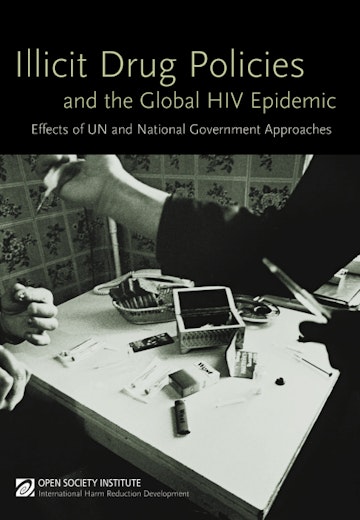More than two decades of HIV have taught the world some clear lessons on how to successfully contain the virus. Effective HIV prevention includes not only the provision of tools such as condoms to help block HIV transmission, but also recognition of the ways in which HIV risk is shaped by and reduced through the engagement of multiple sectors of society. The HIV epidemic also offers more bitter lessons about the consequences of failure to support HIV prevention. While HIV transmission through contaminated injection equipment is well documented, less attention has been paid to the ways that illicit drug policy and related issues, such as patterns of arrest of drug users or government stance toward provision of sterile injection equipment, shape global trends in HIV infection.
This report examines the intersection of global and national drug policy and HIV trends, with particular attention to those countries where the use of contaminated injection equipment is the primary mode of HIV transmission. Specifically, it highlights the two competing frameworks most commonly used to conceptualize drugs, drug users, and appropriate policy responses at the international and national levels: one regarding criminal enforcement as central, and the other relying on the best practices of public health.
Download
-
Illicit Drug Policies and the Global HIV Epidemic: Effects of UN and National Government Approaches (1.62 Mb pdf file)
Download the 82-page publication.
